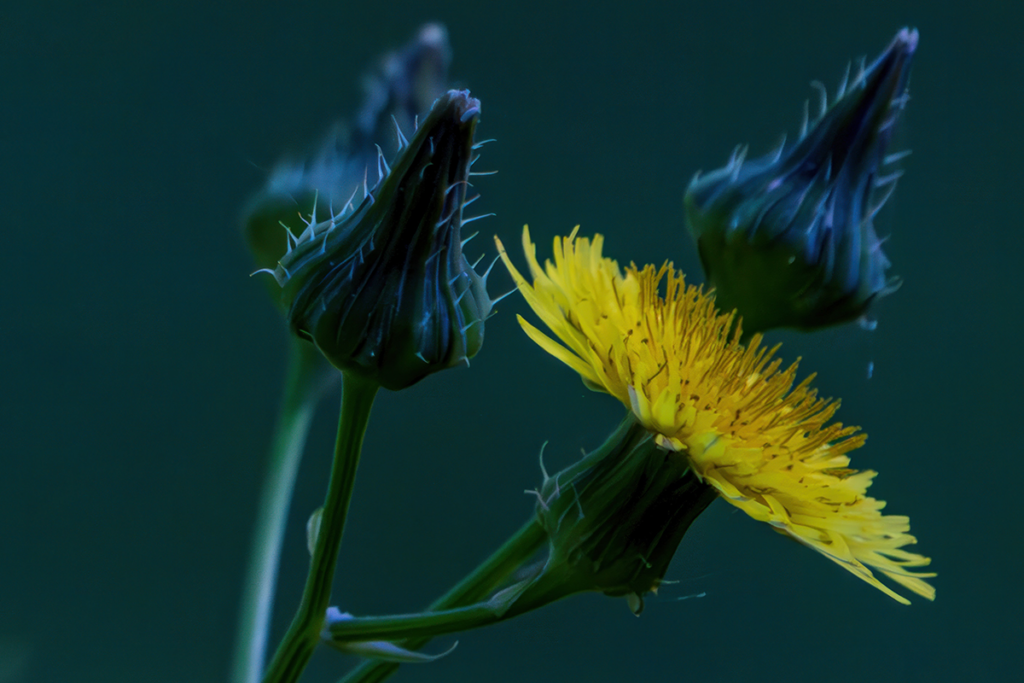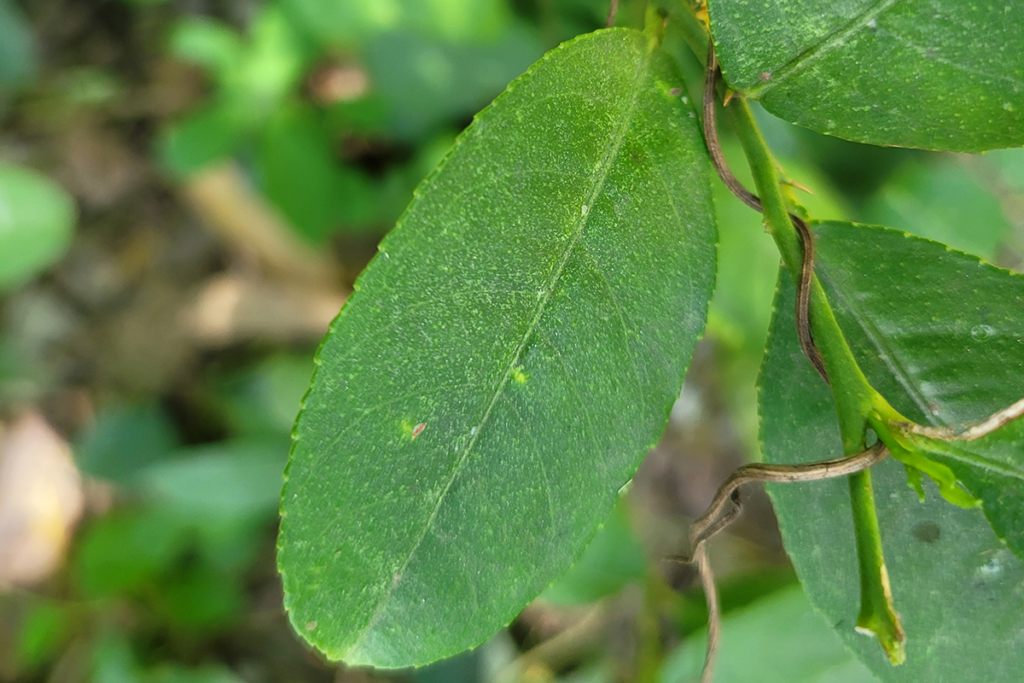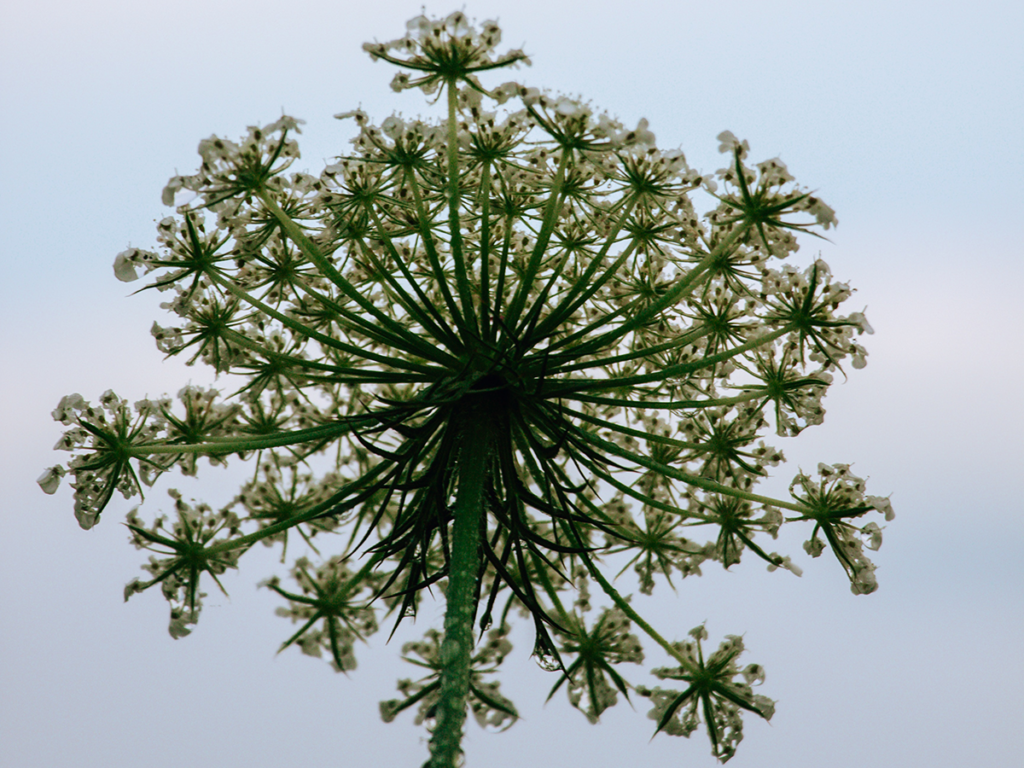Dangerous Weeds
Weeds aren’t a specific kind of plant. Any plant that’s growing where it’s not supposed to be is considered a weed. However, it’s important to note that some plants can actually harm people, pets and other plants. So, here’s a list of three dangerous weeds you should be sure to remove if you find them in your garden or on your lawn.
Prickly Sow Thistle and Common Sow Thistle
While many people confuse these plants with dandelions, they’re all actually different. As their names suggest, these thistles have sharp needles that can be painful if they’re stepped on with bare feet. So kids are particularly susceptible. They can also poke your fingers if you’re trying to pull them out of the ground with your hands. Shoes and gloves can offer some protection, but it’s really a good idea to remove the thistle plants completely if they’re growing in a high-traffic area.
Weeding tools are very helpful to dig under the plant without getting your fingers poked. You can use a number of natural weed killers, or even pesticides if they are legal in your area. Check the regulations for your location first to see what’s permitted, and always read and follow the application directions). It is important to note that sow thistle is actually fit for human consumption! Just be sure that you’ve properly identified the plant and that you’ve cleaned it thoroughly before you eat it. If the sow thistle might have been contaminated by pet feces, pesticides, etc., it’s safer to not eat it at all.)
Poison Ivy are Dangerous Weeds
Poison ivy doesn’t really hide what it is; it’s right there in the name. This plant can cause a rash that’s very itchy and lasts for weeks. That’s why if you find it in your garden, you should get rid of it right away. The good news is, you should be able to remove poison ivy from your property yourself, without having to hire outside help. The bad news is, it can take a long while to completely eradicate it. Poison ivy is a perennial plant, so it could take a couple years to get rid of it completely.
Now, a few words of caution. Even if you’ve never reacted to poison ivy before, you might have a serious reaction after a long session of removal work. Also, even if you have a minor initial reaction to poison ivy, you might become extremely sensitive to it in the future. Finally, never burn poison ivy. The urushiol in the plant (an oily residue in the leaves, stems and roots) can travel in the smoke for miles.
Removing Poison Ivy
When you’re removing poison ivy, be sure to wear a long-sleeved shirt tucked into rubber gloves, long pants tucked into high socks, and footwear that you can hose off afterwards. You should also wear eye protection and a respirator mask whenever your working with these dangerous weeds. Using a sharp pair of shears or pruners, cut all of the poison ivy stems and put them into thick garbage bags. Don’t rip the vines, as that can release the toxic resin. Once the bag is full, seal it tightly with a tag. Next, dig out the roots and put them in a thick garbage bag as well.
Finally, spray the remaining roots, stems, stubs, etc. with a chemical weed killer that’s specifically for poison ivy, as long as one is permitted where you live. Always be sure to read and follow the instructions. If you can’t use a chemical weed killer or don’t want to, then use a natural weed killer made of a mixture of vinegar, salt and liquid dish soap.
Never put poison ivy in the compost pile. Instead, dispose of it with your regular garbage collection, or take it to a hauling station. You should throw out the rubber gloves with the poison ivy, and be sure to thoroughly clean your clothes and any tools you used afterwards. Rinse the tools with rubbing alcohol, let them dry and apply oil as needed to prevent rust. Wash your footwear (either with soapy water outside, or in your washing machine, if it will not damage either your footwear or the machine), and wash your clothes in a separate load.
Giant Hogweed are Dangerous Weeds
Giant hogweed is more dangerous than poison ivy. It can cause severe burns if you get its sap on your skin and then expose your skin to sunlight. There have been reports of people getting the sap in their eyes and it causing temporary, or even permanent, blindness.
If you do find giant hogweed on your property, the primary recommendation is to contact a professional and get them to remove it. If, however, that is not an option for you, then you need to take very serious precautions in removing it. Make sure you are completely covered, just like when removing poison ivy. In this case, you should also don a disposable spray suit coverall. The best time to remove giant hogweed is in late April or early May. This is when the plant is smaller and easier to dig up. It’s also more susceptible to herbicides at this stage.
Get Rid of Giant Hogweed for Good!
Dig up as much of the plants’ roots as possible. This might be difficult, as the roots of these dangerous weeds may go down as deep as a metre, or over three feet. You might have to dig repeatedly. You can also cover the dug up area with black plastic to smother any new growth. If you’re not able to remove the giant hogweed in the spring, you may want to attempt a summer removal. As long as the plant doesn’t have flowers yet, dig up the stems and roots and dry them thoroughly before disposal. If the plants have flowers that are white, remove the flower heads and bag them. If the flower heads are green, they are now producing seeds. Be extremely careful that you don’t drop seeds when removing these flower heads.
Put the giant hogweed into a thick garbage bag and seal it tightly. Leave the bag in direct sunlight for a week; that should dry out the plant completely. Do not burn or compost giant hogweed. Be sure to check with your municipality to see if you’re allowed to dispose of it in the local landfill, or if it needs to go elsewhere.
Once you’re done removing the giant hogweed, it’s important to remove your protective layers carefully. Wash the rubber gloves with soapy water, take off the spray suit, wash the rubber gloves again before removing them, and then remove your clothing. Immediately put your clothes in the wash and wash yourself completely with soap and water.





Is it a light weight mulch type soil?
Price per bag and cost of delivery
Hey Mike!
Thanks for your comment! Product availability and pricing is different depending on your location. Some of our suppliers provide mulch, but all of our suppliers provide our flagship product, Black Garden Soil. It’s a combination of black loam, peat loam, well composted manure, and a tough of mineral soil for stability. Head to our website https://www.bigyellowbag.com/orders/new/ and input your postal/zip code to see pricing and products tailored to your area. 🙂
All the best and happy gardening!
Hi Cameron ,
Regarding your info about poison ivy , the photo you provide is not the correct plant. Your photo indicates a plant with small thorns and the leaves are not the correct shape and are not compound. Your photo actually resembles a rose stem. I have a photo and description from a book , I can email you to use instead of the one in your article.
What an excellent identification Regina! Thank you so much for pointing it out. At your leisure, please send your updated photo to cameron@bigyellowbag.com and I’ll be sure to credit you with the photo once I replace it!
We truly appreciate your time and patience. All the best and I look forward to hearing from you!
Hi, I live in Ralston Alberta. Do you deliver the big yellow bags of soil and mulch. What are the prices?
Hey Sheila!
Thanks so much for your comment. To check for product availability, and to view a comprehensive price list, head to https://www.bigyellowbag.com/orders/new/ and input your postal code!
All the best and happy gardening,
Cam
-BigYellowBag